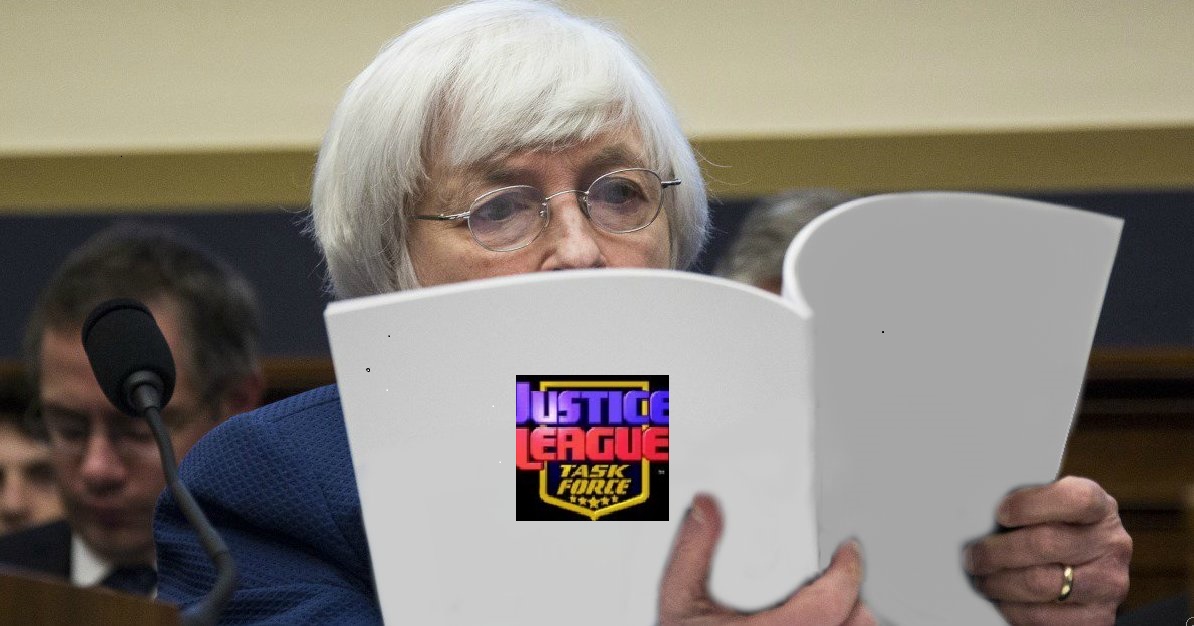Submitted by Michael Snyder of The Economic Collapse blog,
The “too big to fail” banks run up enormous profits from their derivatives trading. According to the New York Times, U.S. banks “have nearly $280 trillion of derivatives on their books” even though the financial crisis of 2008 demonstrated how dangerous they could be…
American banks have nearly $280 trillion of derivatives on their books, and they earn some of their biggest profits from trading in them. But the 2008 crisis revealed how flaws in the market had allowed for dangerous buildups of risk at large Wall Street firms and worsened the run on the banking system.
The big banks have sophisticated computer models which are supposed to keep the system stable and help them manage these risks.
But all computer models are based on assumptions.
And all of those assumptions were originally made by flesh and blood people.
When a “black swan event” comes along such as a war, a major pandemic, an apocalyptic natural disaster or a collapse of a very large financial institution, these models can often break down very rapidly.
For example, the following is a brief excerpt from a Forbes article that describes what happened to the derivatives market when Lehman Brothers collapsed back in 2008…
Fast forward to the financial meltdown of 2008 and what do we see? America again was celebrating. The economy was booming. Everyone seemed to be getting wealthier, even though the warning signs were everywhere: too much borrowing, foolish investments, greedy banks, regulators asleep at the wheel, politicians eager to promote home-ownership for those who couldn’t afford it, and distinguished analysts openly predicting this could only end badly. And then, when Lehman Bros fell, the financial system froze and world economy almost collapsed. Why?
The root cause wasn’t just the reckless lending and the excessive risk taking. The problem at the core was a lack of transparency. After Lehman’s collapse, no one could understand any particular bank’s risks from derivative trading and so no bank wanted to lend to or trade with any other bank. Because all the big banks’ had been involved to an unknown degree in risky derivative trading, no one could tell whether any particular financial institution might suddenly implode.
After the last financial crisis, we were promised that this would be fixed.
But instead the problem has become much larger.
When the housing bubble burst back in 2007, the total notional value of derivatives contracts around the world had risen to about 500 trillion dollars.
According to the Bank for International Settlements, today the total notional value of derivatives contracts around the world has ballooned to a staggering 710 trillion dollars ($710,000,000,000,000).
And of course the heart of this derivatives bubble can be found on Wall Street.
What I am about to share with you is very troubling information.
I have shared similar numbers in the past, but for this article I went and got the very latest numbers from the OCC’s most recent quarterly report. As I mentioned above, there are now five “too big to fail” banks that each have more than 40 trillion dollars in exposure to derivatives…
JPMorgan Chase
Total Assets: $2,476,986,000,000 (about 2.5 trillion dollars)
Total Exposure To Derivatives: $67,951,190,000,000 (more than 67 trillion dollars)
Citibank
Total Assets: $1,894,736,000,000 (almost 1.9 trillion dollars)
Total Exposure To Derivatives: $59,944,502,000,000 (nearly 60 trillion dollars)
Goldman Sachs
Total Assets: $915,705,000,000 (less than a trillion dollars)
Total Exposure To Derivatives: $54,564,516,000,000 (more than 54 trillion dollars)
Bank Of America
Total Assets: $2,152,533,000,000 (a bit more than 2.1 trillion dollars)
Total Exposure To Derivatives: $54,457,605,000,000 (more than 54 trillion dollars)
Morgan Stanley
Total Assets: $831,381,000,000 (less than a trillion dollars)
Total Exposure To Derivatives: $44,946,153,000,000 (more than 44 trillion dollars)



